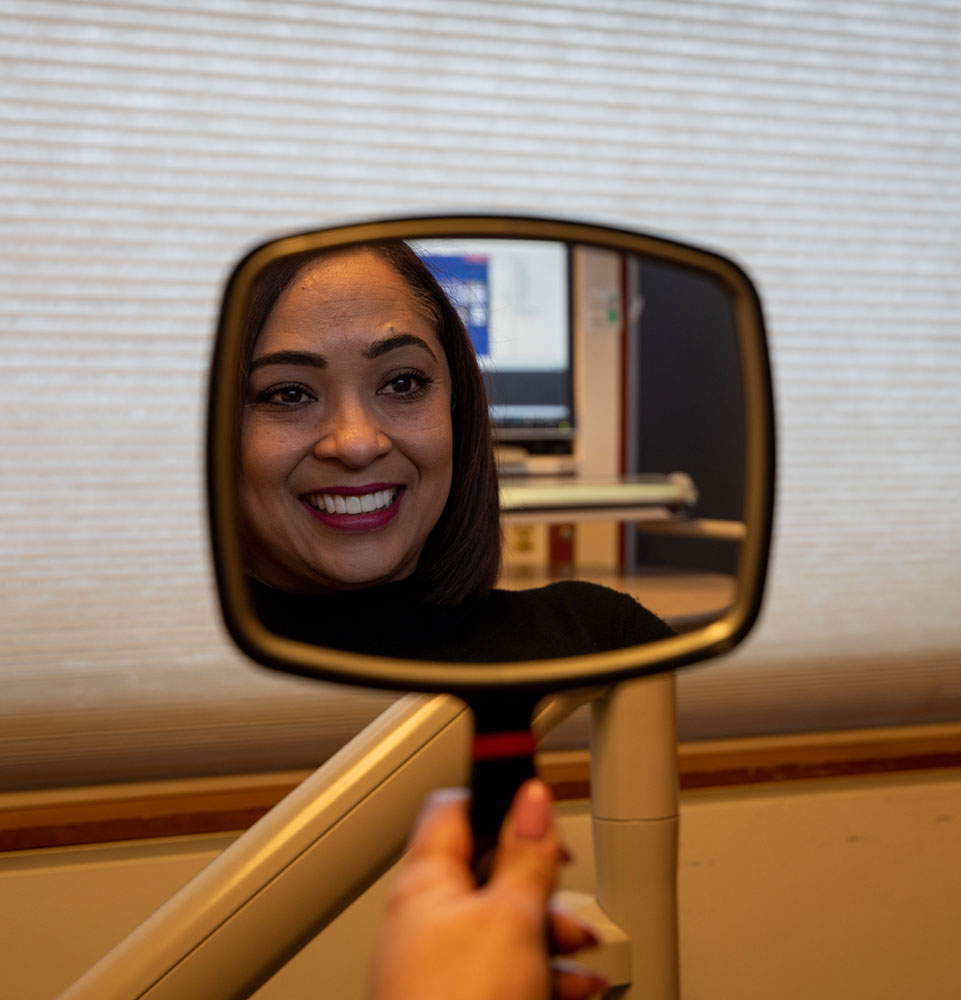
Creating relaxing, comfortable, and enjoyable dental visits is important to us here at New Smiles. If you experience dental fear and anxiety, anything from routine cleanings to full mouth procedures can keep you away from the dental office. With sedation dentistry, we’re able to put your dental fears and anxieties to rest. Our dentists meets your dental concerns with gentle, compassionate care and experience with minimally invasive dental technology and sedation dentistry services so you can not only receive high-quality dental care, but actually enjoy your dental visit! Sedation dentistry services allow our dentists to match your level of dental fear, which allows us to combine multiple treatments in one, efficient appointment all while ensuring your maximum comfort. Dental anesthesia can be added to your treatment plan so you can enjoy a healthy mouth for a lifetime!


Designing uniquely crafted smiles equipped with maximized comfort is our specialty at New Smiles. Dental anesthesia allows our dentists to make every appointment, no matter the treatment, comfortable, safe, and even relaxing. Dental fear and anxiety come in many different shapes and sizes. Since we understand not every patient’s level of dental anxiety is the same, we can adjust our dental anesthesia services to fit your exact needs to a T. For those with more severe dental anxiety or even more complex dental procedures, our dentists may suggest IV sedation to ensure complete comfortability. We can customize our sedation services to match your anxiety and treatment plan for a truly customized process. If you’re someone that struggles with dental anxiety, it’s important to know that not receiving regular dental care can actually cause more serious oral health issues long-term. Our dental anesthesia services make your visits to the dental office easy and helps you maintain a healthy mouth and beautiful smile!
